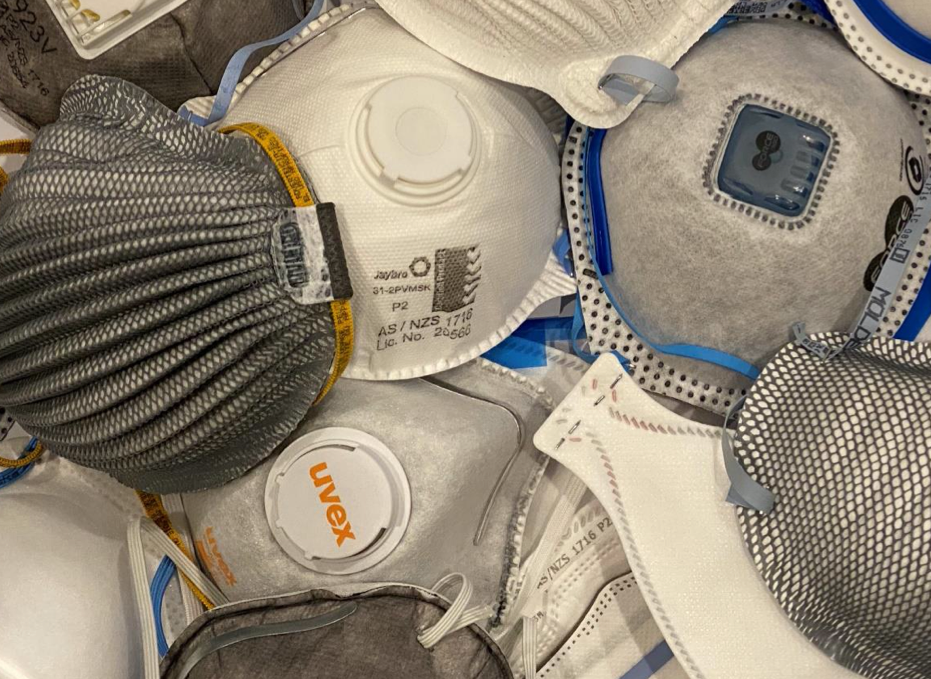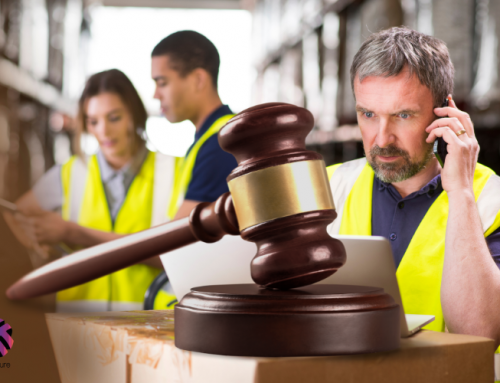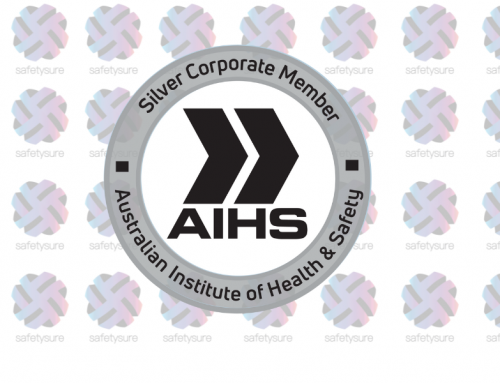Over the last several months there has been a surge in demand for respirators (masks) in the Australia market. Much of the demand has been driven by the incidence of bush fires over December January 2020 period and later by the impacts of COVID-19. Unfortunately, the high demand in respiratory protection has resulted in a range of products entering the Australian market that may not meet respiratory protection standards. These include many KN95 respirator protective devices from the People’s Republic of China.
Several organizations globally in addition to Australian regulators have been concerned about the potential effects of inadequate respiratory protection. These include SafeWork NSW and WorkSafe New Zealand as well as professional bodies such as the Australian Institute of Health & Safety and the Australian Institute of Occupational Hygienists.
Last week the AIHS released statement. Naomi Kemp, Chair of the Australian Institute of Health & Safety stated, “Most people make an assumption that if they find a face mask for sale in Australia, that it has been assessed and met a standard. This is not true. Too many groups are taking advantage of a voluntary system and creating confusion. This is bad for the genuine, reputable suppliers, it’s bad for the businesses that purchase the products, and it’s bad for the people who use them” she said. “Businesses need protection from the risks of using faulty equipment, and workers need protection for their health” she said.
RELATED
TIPS FOR MAKING YOUR CONFERENCE COVID SAFE
Ms Kemp went on to say that the dangers of unapproved respirators extend beyond the risks of exposure to, and transmission of COVID-19.
“We already had major problems with last season’s bushfires, and we are still seeing cases of black lung and silicosis which cause workplace deaths. With the flood of new products onto the market, we now have fake and non-conforming face masks potentially being misused in these environments as well.”
Chair of the Australian Institute of Health & Safety
As a means to assisting organisations identify effective and suitable respiratory protective equipment, the AIOH have released a guide entitled “A Guide to Buying P2, or Equivalent, Respirators for use in the Australian and New Zealand Work Environment” The guide is available for download here
We have prepared a range of questions regarding respiratory protection in the workplace
Failure of respirators to meet approved standards may ultimately leave wearers of respiratory protection exposed to hazardous conditions such as chemicals or viruses.
AS/NZS 1716:2012 is the approved standard for respiratory protective equipment in Australia. This standard details requirements of
protection against respirable biological and non-biological particles (particulate matter)
Particulate filter respirators are normally labelled with P1, P2 or P3 according top their level of protection.
Short answer is NO. The testing regime for KN95 respirators is not regulated and subsequently left to the manufacturer to ascertain product quality and effectiveness. There are no external guarantees of compliance when you purchases a KN95 respirator. Some parts of the world have banned the importation of these devices.
Yes all respirators approved for use should be marked with the
the manufacturer’s name and/or trademark, the Australian Standard that the respirtor was approved and tested under (e.g. AS/NZS 1716:2012) and the classification of the respirator (e.g. P1, P2 or P2).
Surgical masks are generally not designed to protect against particles in the same way a respiratory protective device do. They may afford the user some protection against large particles but gnerally not considered effective against smaller particles. Surgical masks are designed to protect the wearer’s nose and mouth from contact with droplets, splashes and sprays that may contain germs.
Surgical masks also may protect others by reducing exposure to the saliva and respiratory secretions of the mask wearer.
Take a good look at the markings on the respirator. Fakes are sometimes incorrect . Ask the supplier for a copy of the compliance standards and Declaration of Conformity (DoC). It should not be be a problem for the supplier to provide a test certificate. You should also check the reference to the standard(s) on the product and on the certificates and DoC. Checkout the user manual…fakes tend to characterized by misspelt words or instructions that don’t make sense
COVID Profiteers cleaning up on unwary buyers
A number of Covid profiteers have been cleaning up on shortagesof respiratory protection. The tweet below illustrates the case in point. Follow the thread to read more.
Need some help
Safetysure helps company’s implement respiratory protection programs including assisting in the right selection of respiratory protective devices. Feel free to call us on 1300 087 888 for more information on how we can help your organization improve safety and compliance.
More reading
A Guide to Buying P2, or Equivalent, Respirators for use in the Australian and New Zealand Work Environment
British Safety Industry Federation (BSIF): Fake PPE Certificates https://www.bsif.co.uk/campaigns-projects/fake-certificate/ https://www.bsif.co.uk/are-you-concerned-about-ppe-certificates/
Image: AIOH – Respirators







Leave A Comment